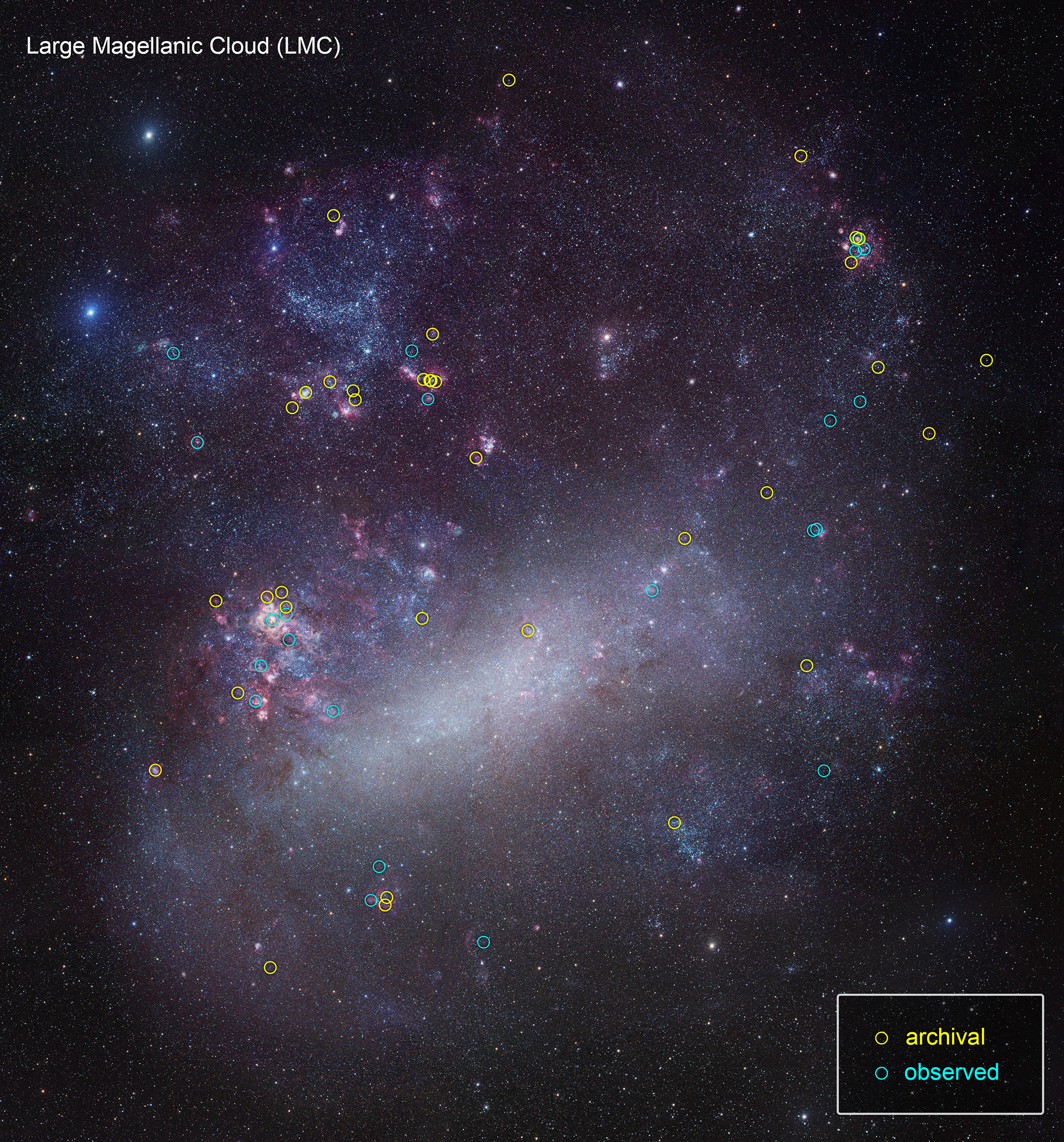Combining data from NASA’s Hubble and James Webb space telescopes, a team from NASA’s Universe of Learning at the Space Telescope Science Institute (STScI) in Baltimore, Maryland has produced a breathtaking new 3D visualization of the towering “Pillars of Creation” in the Eagle Nebula.
Tag: Space Telescope Science Institute
Dr. John F. Wu Receives 2024 Maryland Outstanding Young Scientist Award
STScI assistant astronomer John Wu has been named 2024 Outstanding Young Scientist by the Maryland Academy of Sciences. Using machine-learning methods that he developed, he has pioneered the discovery of low-mass galaxy candidates and contributed to theoretical models of galaxies, dark matter halos, and their cosmic surroundings.
Hubble Captures Giant Star on the Edge of Destruction
Hubble is marking its 31st anniversary in orbit with this image of a “celebrity star.” AG Carinae is one of the brightest stars seen in our Milky Way galaxy, encircled by a glowing halo of gas and dust.
STScI to Host Science Writers’ Workshop: Towards the Comprehensive Characterization of Exoplanets
On Monday, April 19, 2021, journalists are invited to attend a virtual workshop for science writers on characterizing planets orbiting other stars. The workshop is hosted by the Space Telescope Science Institute (STScI) in Baltimore, Maryland.

NASA Awards Postdoctoral Fellowships for 2021
NASA has selected 24 new Fellows for its prestigious NASA Hubble Fellowship Program (NHFP). The NHFP is one of the highlights of NASA’s pursuit of excellence in astrophysics. The program enables outstanding postdoctoral scientists to pursue independent research in any area of NASA Astrophysics, using theory, observation, experimentation, or instrument development. Over 400 applicants vied for the fellowships. Each fellowship provides the awardee up to three years of support.

Hubble Launches Large Ultraviolet-Light Survey of Nearby Stars
This is a ground-based telescopic photo of the Large Magellanic Cloud, a satellite galaxy of our Milky Way. The LMC is one of several select targets of a new initiative with NASA’s Hubble Space Telescope, called ULLYSES (UV Legacy Library of Young Stars as Essential Standards). The program is looking at over 300 stars to build an ultraviolet-light catalog for capturing the diversity of stars, from young to old, to give astronomers a much better understanding of the birth of stars and how this relates to everything from planets to the formation and evolution of galaxies.